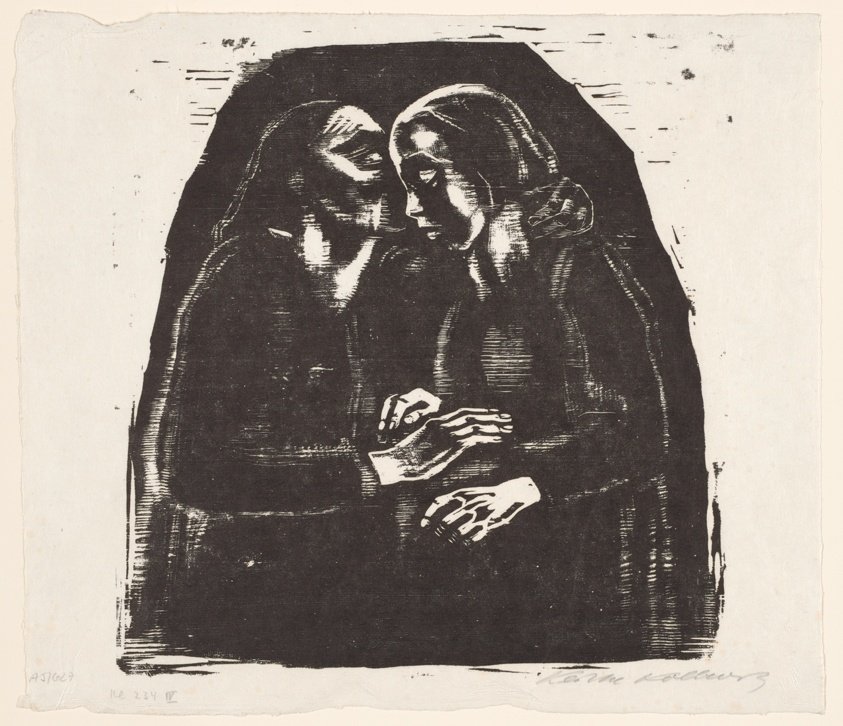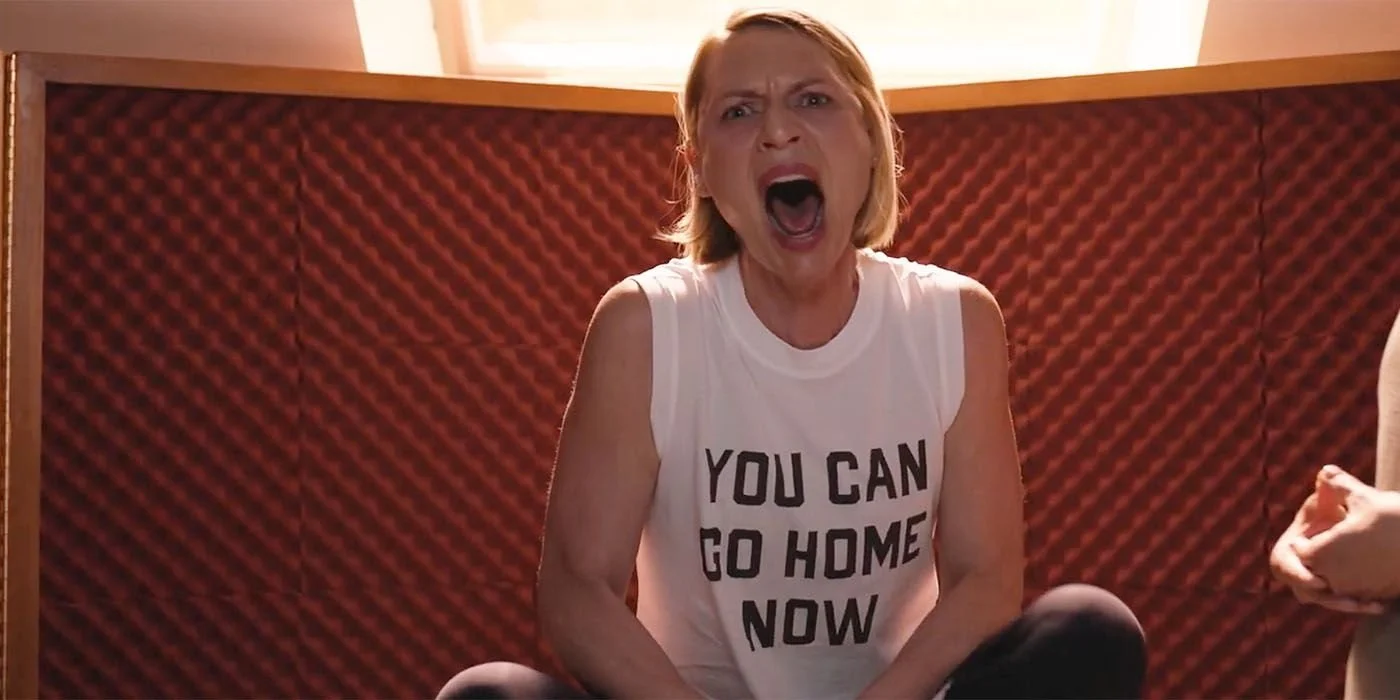How do you feel when you dance? A little more alive or dead with embarrassment? It took me a good few years into adulthood to cast aside self-consciousness and submit to the energy of the music around me. But when I did, there was a newfound sense of liberation that didn’t depend on downing a stupid amount of alcohol. I cared less about how I should be moving or who’s watching. Instead, I let the rhythm be my guide and surrendered to it.
At best, this progressive casting off of my inhibitions became a rite of passage. It led to memorable moments of communion, feeling the exchange between performer and audience, and dancer to dancer. There is personal space, however minute, to express oneself in that moment and yet simultaneously we are moving as one. The collective life force we experience can be restorative, invigorating, transformative.
Consider this quote by Agnes De Mille, one of the great choreographers of the 20th Century who helped revolutionise dance in ballet and musical theatre. “To dance is to be out of yourself. Larger, more beautiful, more powerful…” said De Mille who also published 11 books. “This is power, it is glory on earth and it is yours for the taking.'“
Read More



